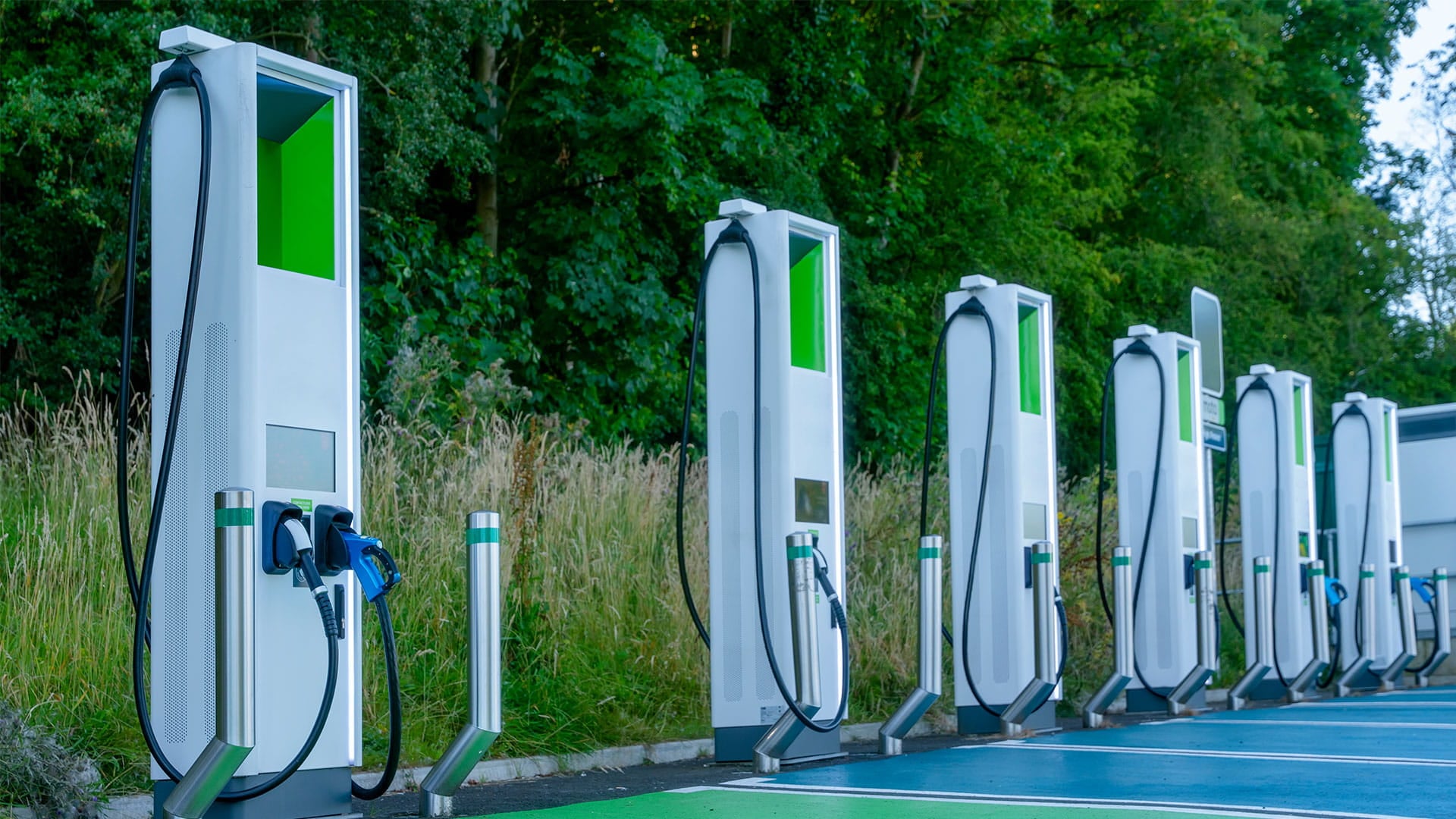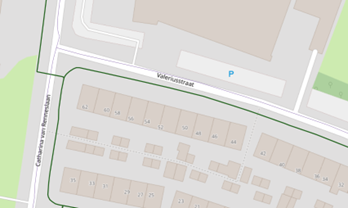VOLT: Optimising EV infrastructure for a greener future

Electric vehicles (EVs) are becoming increasingly popular in the Netherlands, with approximately 7% of passenger cars now electric and demand continuing to grow.
As the number of EVs increases, so does the reliance on EV charging infrastructure. Therefore, the need for an efficient and well-distributed network of charging stations has become paramount.
While most charging stations are private, there have been a lot of developments in public charging facilities. According to RVO, the number of public charging locations in the Netherlands increased from 69,000 in 2022 to 92,000 in 2023.
The responsibility for planning and implementing these public charging stations falls to the various municipalities across the country. However, manually determining the optimal locations for these chargers is a complex and time-consuming task.
To streamline the planning process and help municipalities make more informed decisions, Haskoning has developed an innovative online platform: VOLT. VOLT identifies optimal new charging locations and helps planners track the progress of charger installations.
Read on for a closer look at the process and technology behind this groundbreaking platform – including how we designed an algorithm to identify the best locations for future charging stations.
For more detailed background information on the platform, you can refer to our previous post.
The science behind optimal charging locations
While our full application covers the whole planning process, here, we'll focus specifically on how we determine the optimal spots for new chargers. First, we consider an area’s specific need, then map the locations of existing chargers, as these influence where new ones should be installed. Our primary goal is to ensure chargers are conveniently accessible for everyone and, ideally, distributed evenly across neighbourhoods.
Key requirements for charging locations
Several requirements guide the placement of new charging stations. While specifics can vary for each client, general criteria include:
- Sufficient space near a parking spot in public areas, typically on sidewalks.
- Proximity to the low-voltage network, which distributes electricity to homes and must be accessible for connecting the chargers.
Our five step process
- Identify candidate locations: We start by using the BGT (Basisregistratie Grootschalige Topografie) dataset, which registers publicly accessible parking spots across the Netherlands. This provides an initial set of potential locations.
- Filter for hard requirements: Candidate locations are filtered based on non-negotiable criteria, such as access to the low-voltage network and adequate space.
- Score soft requirements: Locations are evaluated against several soft requirements, which might include avoiding spots directly in front of houses or near monuments and city centres. Each location receives a score based on these factors.
- Expert consultation: To ensure the scoring is accurate, our algorithm designers consult with various experts to appropriately weigh the different factors. This process is tailored to meet the unique needs of each municipality.
- Select optimal locations: The final challenge is to choose the best subset of candidate locations to ensure chargers are distributed as efficiently as possible. This is known as a maximum coverage problem. Our data scientists use a greedy algorithm to iteratively select the most beneficial location until optimal distribution is achieved.
By combining data analysis, expert consultation, and advanced algorithms, our platform simplifies the complex task of planning EV charging infrastructure. This ensures municipalities can efficiently meet the growing demand for electric vehicle chargers and make sustainable transportation more accessible for everyone in the Netherlands.

VOLT is supporting a greener future
The VOLT application, developed by Haskoning, has proven to be a game-changer in the Netherlands. Currently, around 30% of Dutch municipalities use VOLT to streamline their planning of new charging points. This widespread adoption underscores the significant benefits the application provides.
One of the most notable advantages of using VOLT are the substantial time savings. Manually determining optimal locations for chargers could take weeks or even months of detailed analysis and field surveys. With VOLT, this process is drastically reduced to mere days, thanks to its data-driven approach and sophisticated algorithms.
In addition to time savings, VOLT also delivers considerable cost savings. By optimising charging station placement, municipalities can avoid unnecessary expenditures on redundant infrastructure and ensure that investments are made where they are most needed. This efficient allocation of resources translates into direct financial savings for local governments.
Furthermore, the application ensures a more equitable distribution of charging stations, enhancing accessibility for all residents. This not only supports the growing number of EV users but also promotes a more sustainable and environmentally friendly urban landscape.
By facilitating the efficient expansion of EV infrastructure, VOLT helps accelerate the transition to electric mobility, contributing to national and global sustainability goals.
The platform is a crucial tool for municipalities in the Netherlands, And, as more of them adopt this innovative solution, the Netherlands will find itself well-positioned to continue leading in the transition to electric mobility– and a more sustainable future for all.
Stay tuned for more insights on how we are driving the future of sustainable transportation in the Netherlands.
Anything we can help with?
Have a question, comment or business enquiry? Talk to one of our experts to see how we can help.
